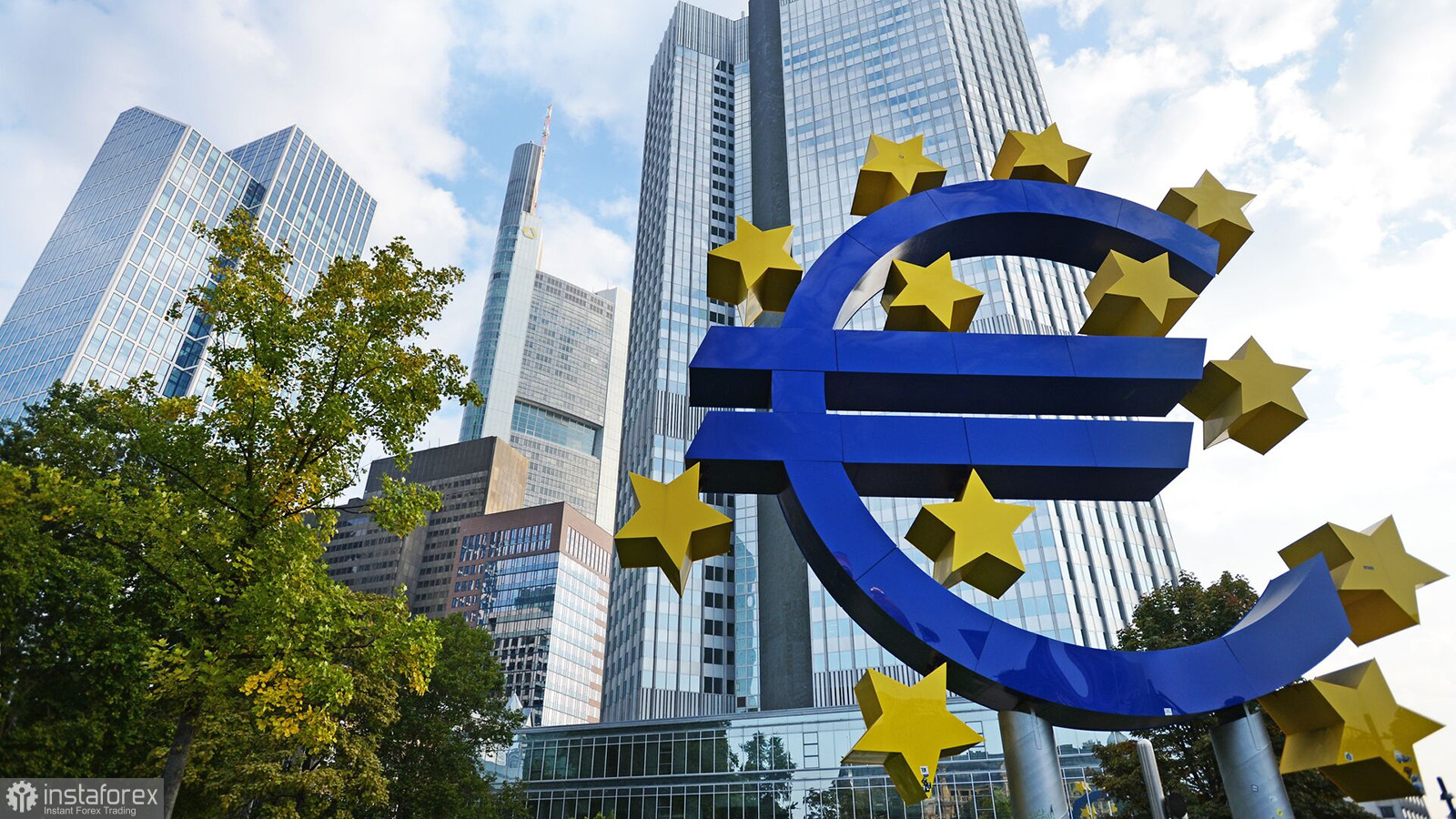
Last week, directly or indirectly, we could understand only one thing: neither the Fed nor the ECB intends to raise interest rates, and next year they will move to reduce them. Jerome Powell openly stated this at a press conference after the FOMC meeting, and Christine Lagarde did not mention it. Still, the market has long understood that the European regulator does not intend to continue tightening. Questions remained only for the Bank of England, whose governor, Andrew Bailey, expressed uncertainty about reaching the peak rate. However, today in the UK, a new inflation report was released, showing a faster decline in consumer prices, so the BoE should abandon plans for tightening.
But let's focus on the ECB in this review. Today, its representative, Joachim Nagel, also the president of the Bundesbank, warned the markets against expecting too strong a rate cut in 2024. He confirmed that plans to ease monetary policy exist, and the current inflation rate allows for a rate cut. However, Nagel said the market believes the rate will fall quickly, which does not correspond to reality. "For some time, we will remain at a plateau for the effect of rate hikes to fully manifest. I want to warn everyone speculating on rates: be careful, many people have already miscalculated," Nagel said.
It should be noted that a day earlier, another member of the ECB's Governing Council, Bostjan Vasle, said roughly the same thing. It can be assumed that the ECB is afraid of market expectations that are too high and fears not meeting them. Interestingly, members of the FOMC now adhere to a similar vector of statements. As I mentioned earlier, the euro and the dollar will not be able to benefit from rate cuts, as both regulators will reduce them next year. The same applies to the nature of the statements of ECB and Fed members - they are practically indistinguishable.
I still base my forecasts on simple wave structures, so I continue to expect a decline in the euro and the pound. The monetary policy of the ECB and the Bank of England, even now, at its peak, is no more "hawkish" than that of the Fed. This picture is likely to stay the same next year.
Based on the analysis conducted, the construction of a bearish wave set continues. Targets around the level of 1.0463 have been ideally worked out, and the unsuccessful attempt to break this level indicated a transition to the construction of a corrective wave. Wave 2 or b has taken on a completed form, so I expect the construction of an impulsive downward wave 3 or c with a significant decline in the instrument soon. I still recommend selling with targets below the low of wave 1 or a. Stop-loss orders can be placed above the peak of the presumed wave 2 or b.
The wave pattern of the pound/dollar pair suggests a decline within the descending wave 3 or c. Currently, I recommend selling the instrument with targets below the level of 1.2039 because wave 2 or b must ultimately be completed and can be completed at any time. And the longer it turns out, the stronger the fall of the British pound will be. The peak of the presumed wave e in 2 or b can be used for sales, and the order limiting possible losses for transactions can be placed above it.
 English
English 
 Русский
Русский Bahasa Indonesia
Bahasa Indonesia Bahasa Malay
Bahasa Malay ไทย
ไทย Español
Español Deutsch
Deutsch Български
Български Français
Français Tiếng Việt
Tiếng Việt 中文
中文 বাংলা
বাংলা हिन्दी
हिन्दी Čeština
Čeština Українська
Українська Română
Română

